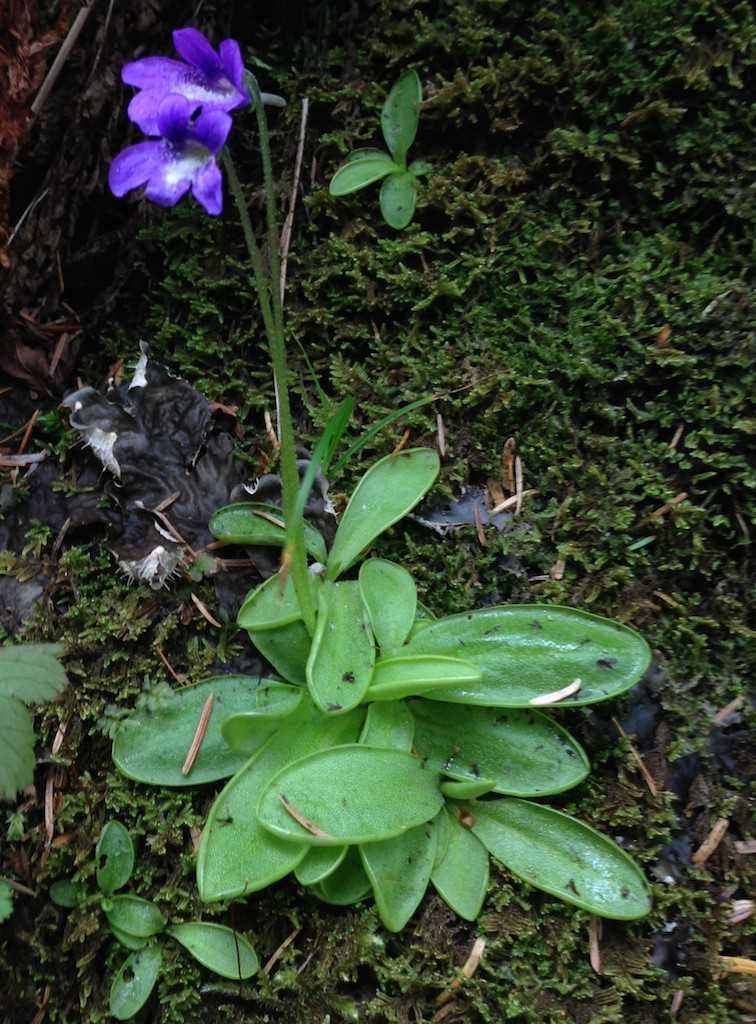We spent the day in what may be Southeast Alaska’s richest area in terms of natural as well as cultural history.
We began at George Island. Though wild-looking today, this small island once hummed and roared with activity. In World War II, after the Japanese occupied Attu and Kiska, the U.S. suddenly worried about invasion form the north. Military forces hastily installed a cannon to defend the north entrance of the Inside Passage. We walked over George Island from the military barracks area to the gun. Highlights included the remains of many birds, eaten by eagles or peregrine falcons, and a few beautiful violet-like flowers of butterwort, an insectivorous plant.
Later in the afternoon we explored the area by boat. Fierce currents sweep through Cross Sound and Icy Strait, creating dangerous conditions, but also stirring seawater into a dilute chowder. All sorts of creatures travel a long way to feast here. We found Steller sea lions hauled out on the rocks. Sea lions are gregarious, and often crowd in raucous piles. On an incoming tide, these ‘lions pursue migrating salmon caught in the area’s raging waters. Some of us found sea lions thrashing fish apart at the surface as swirling gulls scrabbled for tidbits. Others saw a whale lashing its tail to scare krill into tight bunches that could be easily engulfed. All saw otters bobbing about the waves, busily preening to maintain their immaculate fur, or diving to stoke their ever-voracious metabolic stoves.
Southeast Alaska never ceases to astonish with its richness, and perhaps never more than around the teeming waters of Icy Strait.









